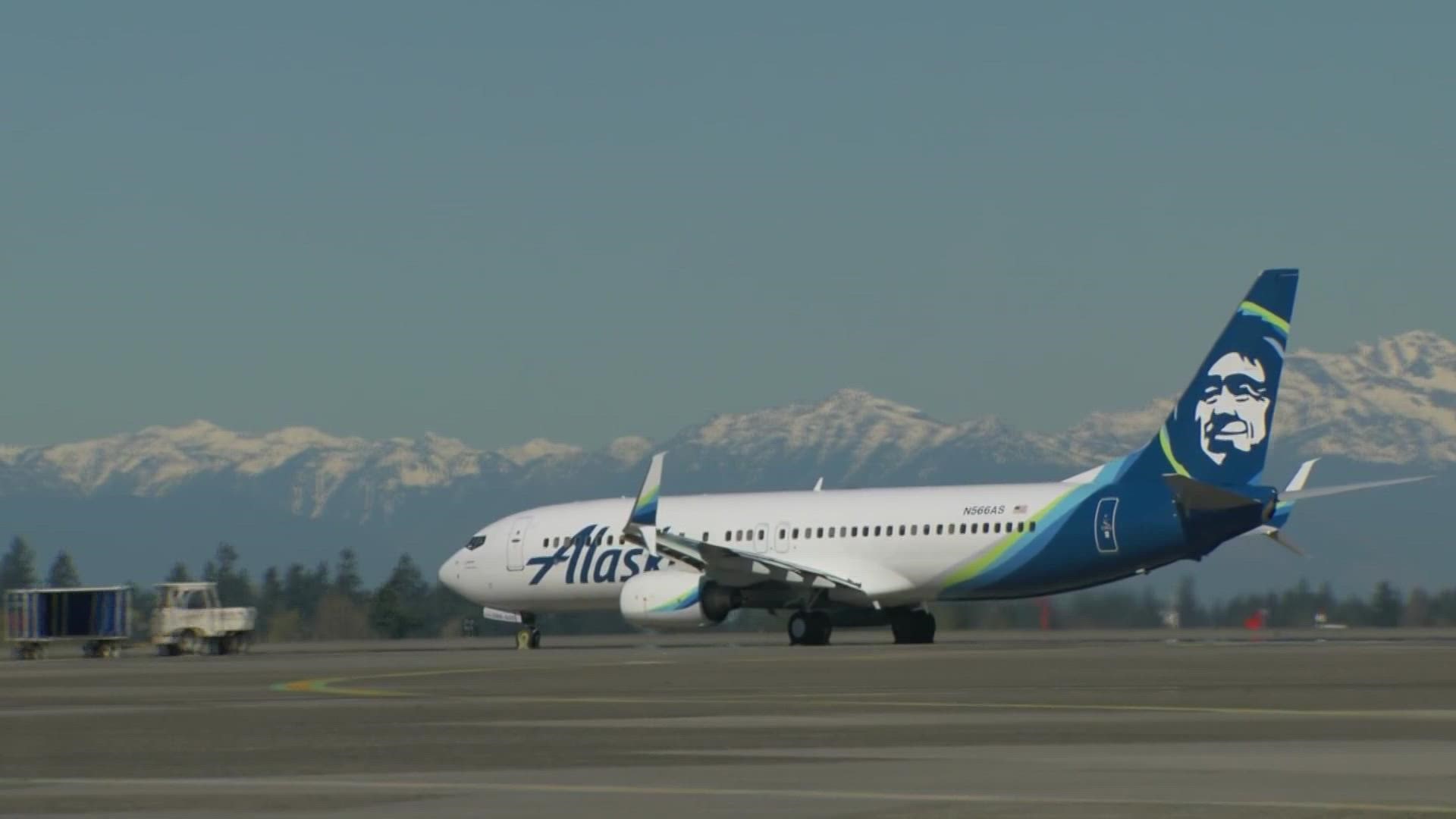SEATTLE — After canceling about 50 flights a day in recent months, Alaska Airlines CEO Ben Minicucci sent a video message to his employees and customers to apologize for recent interruptions in service.
Many of the flight cancellations were seen at Sea-Tac International Airport since at least early April.
Minicucci blamed the cancellations on the airline having 63 fewer pilots than what was planned for when the flight schedule was built, an error that wasn’t caught internally until April.
Because existing pilots and flight attendants had already bid on these flights, the company wasn’t able to adjust schedules and avoid cancellations, which will continue through at least May, Minicucci said.
“Even though we made immediate changes, it takes some time for a complex operation to turn the corner. The month of May will continue to be choppy, and we're doing everything we can to minimize the impact on you for June and beyond,” Minicucci explained.
In a May 12 letter from Minicucci, he said the airline would continue to cancel roughly 4% of flights through June 1.
Some efforts he described the company was making to minimize impacts in June and through the rest of the year includes hiring and training 150 new pilots, 200 additional reservation agents and 1,100 new flight attendants.
“This along with the reductions we made to our schedule will ensure we run an operation that you can count on,” Minicucci said.
For June, Alaska reduced block hours, which is the metric it uses to calculate pilots needed, to 70,000, which is about what the airline flew in April and less than it flew in May.
By July, Alaska expects to return to a "reliable and well-staffed operation." Minicucci wrote the airline plans to increase block hours to 76,000 in July and August, which is less than it originally planned to fly this summer.
The apology video comes days after the airline’s pilots started voting on a possible strike after years of on-and-off contract negotiations.
The vote, which is taking place as airline travel returns about to pre-pandemic levels heading into the summer, will run through May 25, but neither the airline nor the pilots say the labor issues are what caused the cancellations.
However, if the pilots do vote to strike, it will initiate a 30-day cooling period where potential mediation and negotiations can take place to avoid a potential strike.
It would take a series of complex steps for a strike to happen, Alaska Airlines said. The Railway Labor Act governs the process which includes required participation in a mediation process -- something that's already underway and can take months or years.
The pilots are demanding better pay and more flexible scheduling and job security, according to their union.

